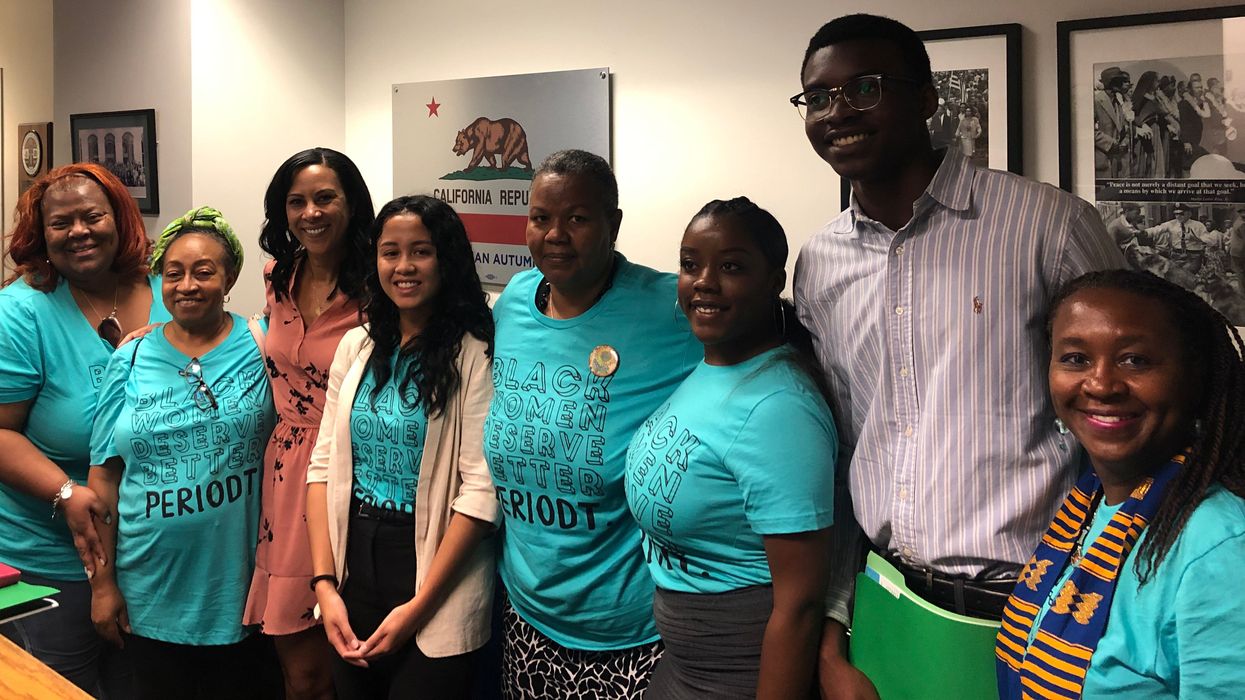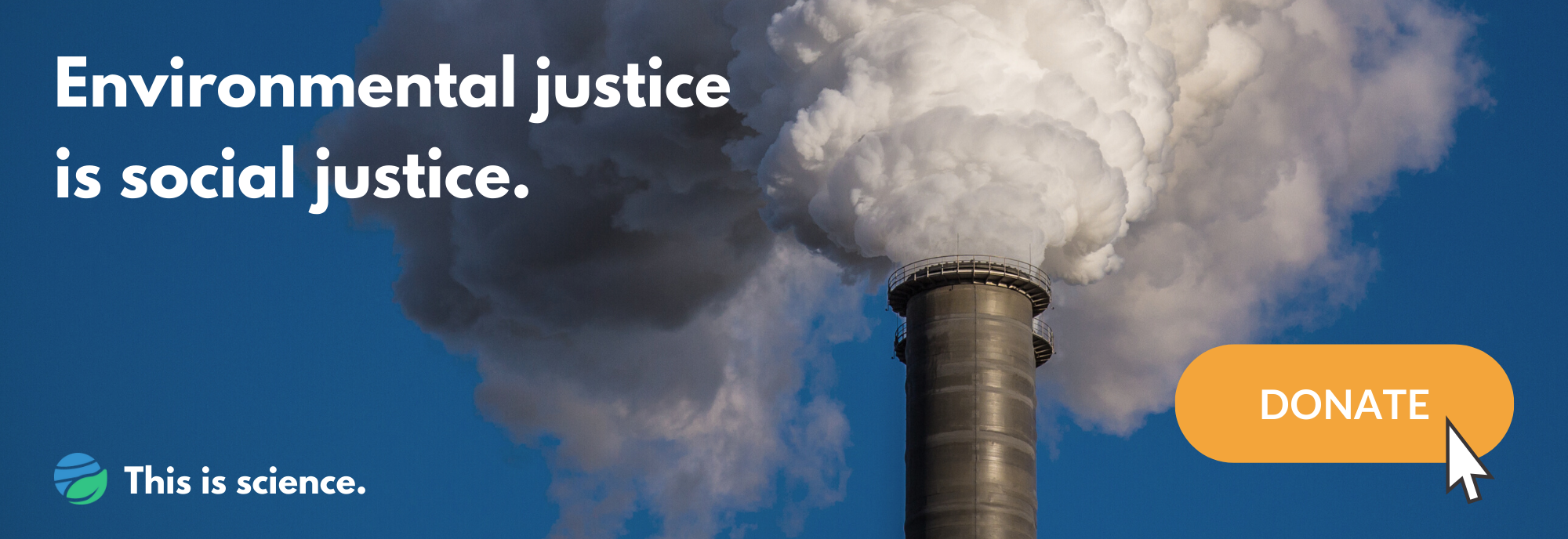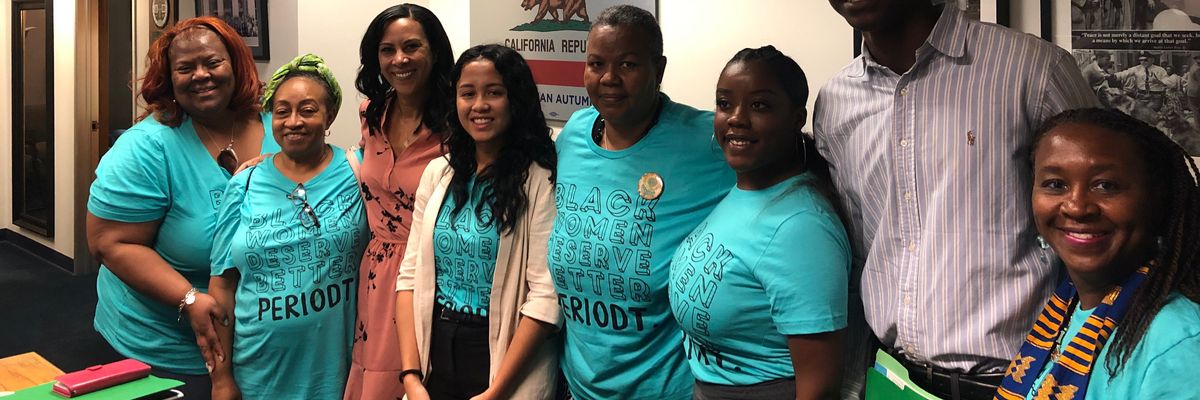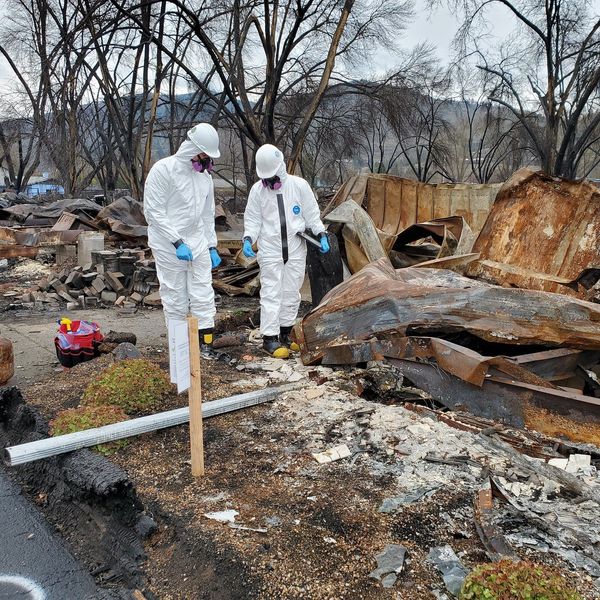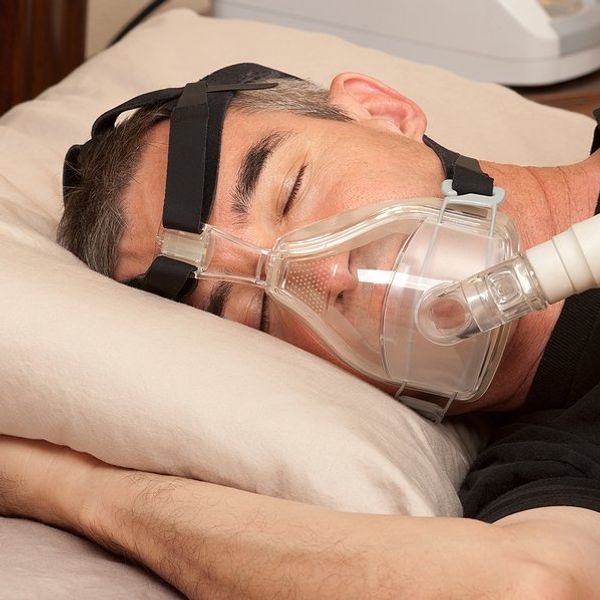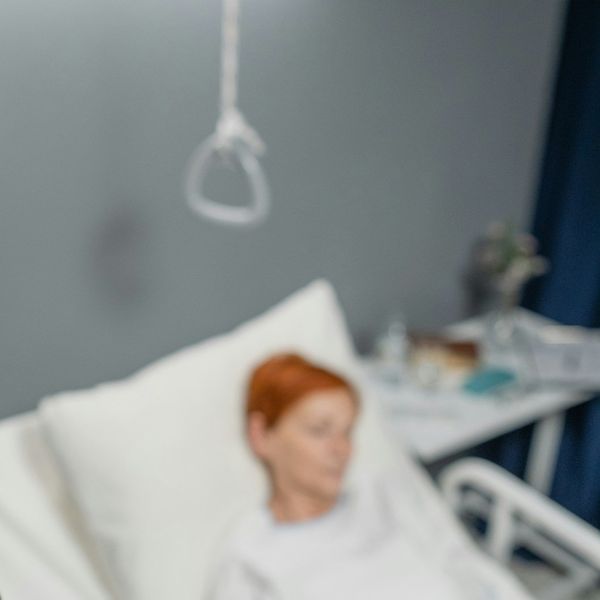“Your hair is frizzy; it’s just different than ours.”
Those words replayed in my head as the California coast was a blur in the distance. We were driving back from one of the last beach days in undergrad when the topic of hair came up. At that moment, it felt like all the hours of effort – specifically the approximately three hours a week of washing, blow drying and straightening my hair, which adds up to almost 625 hours or 26 entire days over the course of four years – had been wasted. I began to question what the point was of missing out on events, time with friends or extra time to sleep or study because I had to straighten my hair. Beyond time,it felt like my efforts to fit in were pointless.
This essay is also available in Spanish
Straightening my hair (both through chemical hair relaxers and heat throughout my life) was my attempt to reach Western society’s beauty standard, which views “good hair” as the hair closest to white people’s hair — “straight, silky, bouncy, manageable, healthy, and shiny.” It deems “bad hair” as “short, matted, kinky, nappy, coarse, brittle, and wooly.” These racialized beauty standards extend beyond hair and dictate which skin tones, facial features and body shapes are viewed as beautiful.
There is real value in beauty — in terms of social, economic and physical health — and those who align with these standards benefit from beauty, while those who do not align suffer. In the workplace, for example, Black women with natural hair are seen as less professional, less competent and less likely to be recommended for a job interview compared to Black women with straight hair or white women with straight or curly hair.
But the cost of beauty goes beyond social interactions and opportunities. Our physical bodies pay for it. Chemical hair relaxers (used to straighten hair), as well as other hair styling products, can contain endocrine-disrupting chemicals, which are manmade or natural chemicals that can interfere with the body’s hormone system, known as the endocrine system, and impact health. Being exposed to these chemicals may be linked to a variety of health outcomes such as early age of first period, birth outcomes and breast cancer, among others; all health outcomes that burden Black people more than other racial and ethnic groups.
Black people are bearing the brunt of the burden of the social, economic and physical costs of beauty. This is what researchers have called beauty injustice – a system that overburdens communities of color, notably Black communities, with the mental, financial and physical health costs of beauty. At the core of beauty injustice, we blame individuals for using certain products without considering how the decision to use them is also the result of other factors at the societal, neighborhood or family level. To achieve beauty justice, we need to shift conversations, research and interventions toward considering the broader drivers of product use instead of focusing solely on the individual.
Peer and family pressure about how you look

Author Marissa Chan.
My hair journey started long before college. I remember the first time I came to school with straight hair. It was the first day of sixth grade, my hair was straightened and in a low ponytail, I had silver hoops on and was wearing a black New York City shirt that I had gotten that summer during back-to-school shopping. I received compliments about my hair, and it finally felt like I might fit in. However, these compliments only came when I straightened my hair. It is clear to me now that the feeling of “fitting in” with my classmates and friends in the predominantly white community where I lived, fueled my desire to start chemically relaxing my hair when I was thirteen.
My experiences are an example of how relationships or interactions with people may contribute to personal care product use. These interactions may be twofold — both the experiences of only receiving compliments with straight hair and the experiences of being told that your hair is “unprofessional,” “unkempt,” “frizzy,” or “messy” when not straightened. While we may expect comments like this from strangers, friends, family and others in our close networks are also contributing to both our hair styling and product use decisions. In fact, Black people who heard from family members that they prefer straight hair are more likely to use chemical hair straighteners compared to those whose family members did not express this preference. Looking back, I am grateful to have not experienced these pressures from within my family, but I am painfully aware that comments from friends and classmates about how they “only like my hair straight” to how they “want to touch my hair” when it was curly had an impact on my own hair styling and product use decisions.
Exposure to endocrine-disrupting chemicals through beauty products

Author Marissa Chan (right) on CNN speaking about toxic products marketed to Black people and children.
I first learned about endocrine-disrupting chemicals through an introductory course during my first year of undergrad. We read a New Yorker article about Dr. Tyrone Hayes, a Black researcher who uncovered how atrazine, a pesticide, affects the reproductive development of frogs. The article artfully weaved together the tensions between industry and science, his experience as a Black researcher and the potential effects of chemicals on the environment and health. Upon a further dive into endocrine-disrupting chemicals, I learned that while exposure to these chemicals is ubiquitous, communities of color, specifically Black people, are more highly exposed compared to other racial and ethnic groups. And these disparities may be driven by differences in personal care product use patterns, including hair products, as we are more likely to use hair oil, hair gels, pomades, leave-in conditioners and other leave-in hair products.
For a while that article was the answer to the question of how and why I entered this field; it was the easy answer. But I eventually came to the realization there was a deeper driver to my work during my time working at Black Women for Wellness, a South-LA-based Black women’s reproductive health organization. My time there was a learning experience both professionally and personally. This was one of the first times I was fully physically within a Black community, which came with its own considerations being biracial (community members would sometimes comment things like “where is the Black woman” or “Marissa will only half get it,” which sometimes made me feel more isolated than a part of the community). However, it was there I realized that the reason why I am in this field was not the article, but my own hair experiences, many of them shared by people within the Black community.
Those experiences have led me to my current research at Harvard T.H. Chan School of Public Health in the Environmental Reproductive Justice Lab. I want to understand what factors at the community and neighborhood level may be impacting access to safe hair products and influence hair product use patterns, while also proposing solutions led by communities. So far, we have found that in Boston neighborhoods that are home to predominantly communities of color and/or lower-income communities there are more harmful or unsafe hair products available in drug stores and other retail shops compared to predominantly white and higher-income communities.
This research underscores the importance of understanding that, in the end, the decision to use certain personal care products is not just an individual choice – relationships, community, neighborhood and societal factors influence it.
The path toward beauty justice
We have seen progress in the movement toward safer products. Consumers are more frequently searching for products that do not contain certain ingredients or chemicals. Manufacturers and companies are taking public commitments toward formulating without certain ingredients. And recently, the Modernization of Cosmetics Regulations Act was signed into law, which is the first major update to federal cosmetics regulations since 1938. Ensuring that safer products are available is an important step. However, ensuring that there is access to safer products for all is not the focus of the safer product movement. Thus, there needs to be an explicit push toward ensuring that types of products commonly used by the Black community are safe.
The burden is still on the individual to navigate ingredient labels, false marketing by companies, price and social pressures. So while we are pushing for safer products, it is important for us to also work toward tearing down the broader societal barriers to safer product purchasing and use. For example, the CROWN Act, which protects against race-based hair discrimination in the workplace and in K-12 public and charter schools, has been passed in 18 states and at the federal level has recently passed the House of Representatives (now on to the Senate!). While the impact of this law is largely unknown (in part due to how recently it was enacted by states), this shift is important progress toward beauty justice.
I have been engaged in this field in some way for almost a decade and have been wearing my hair predominately curly since I was 21; yet I am still trying to navigate my hair texture, hair styling routine, and what products to use. My biggest insecurity is the thing people compliment me the most on. I am still facing the same pressures to straighten my hair for big events and presentations. I’ve come to understand that progress is a gradual process — my relationship with my hair has not changed overnight, but I have been working toward embracing it on both the good and bad hair days and not letting my hair get in the way of missing events, opportunities and experiences. Just like my hair journey, progress in the beauty justice movement has been gradual;but we are seeing momentum.
This essay was produced through the Agents of Change in Environmental Justice fellowship. Agents of Change empowers emerging leaders from historically excluded backgrounds in science and academia to reimagine solutions for a just and healthy planet.
- LISTEN: The dangers of skin lightening products ›
- IN-DEPTH: For clean beauty brands, getting PFAS out of makeup might be easier said than done ›
- LISTEN: Ashley James on protecting children from environmental exposures ›
- LISTEN: Marissa Chan on solutions to harmful beauty products ›
- LISTEN: Beauty + Justice ›
- Racist beauty standards leave communities of color more exposed to harmful chemicals: NYC study ›
- Opinion: A love note to brown women in the face of beauty injustices - EHN ›
- Beauty justice in the LGBTQ+ community - EHN ›
- Environmental justice researchers on what it means to be biracial - EHN ›
- Marissa Chan on dangerous hair care products in Boston stores - EHN ›

